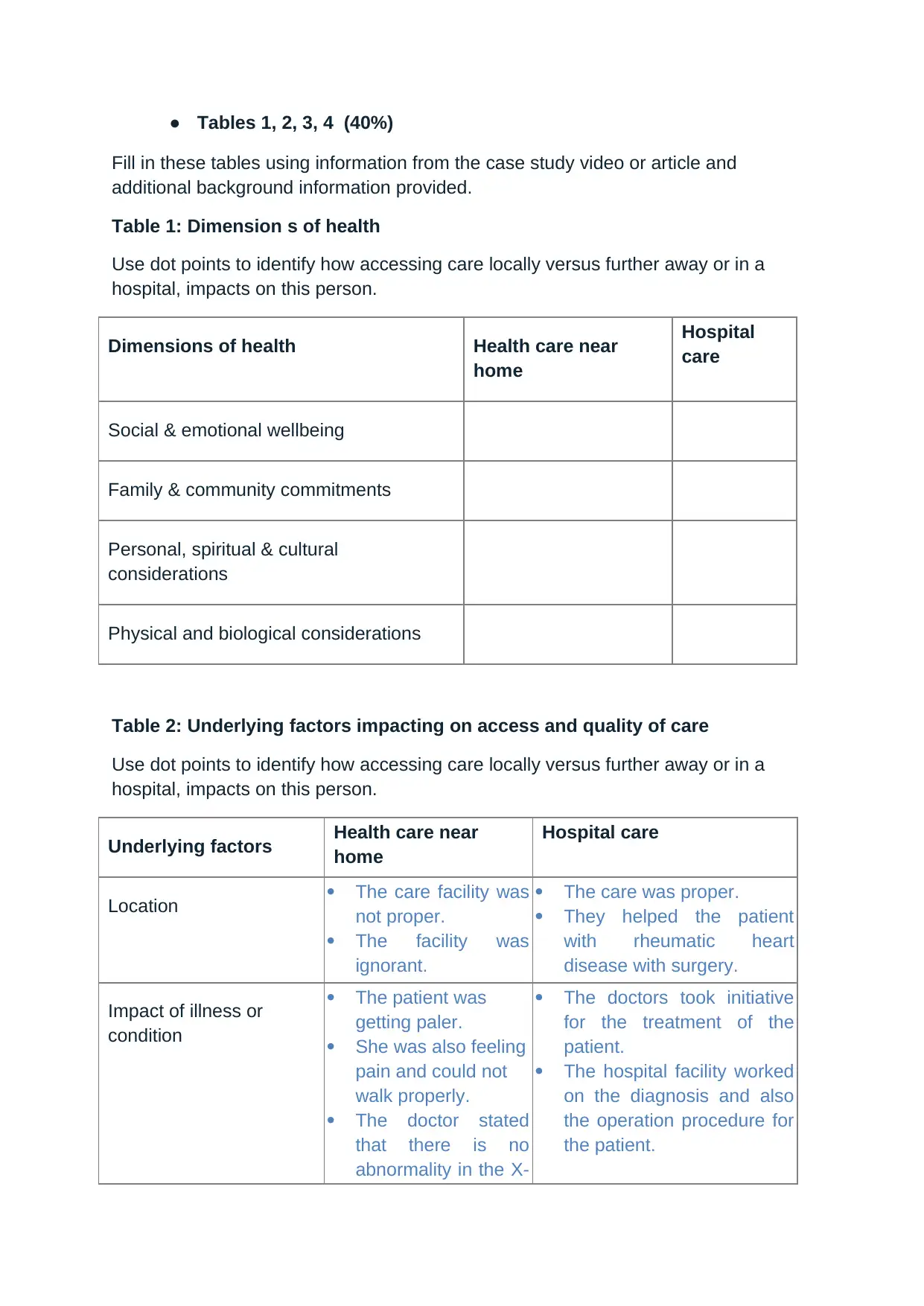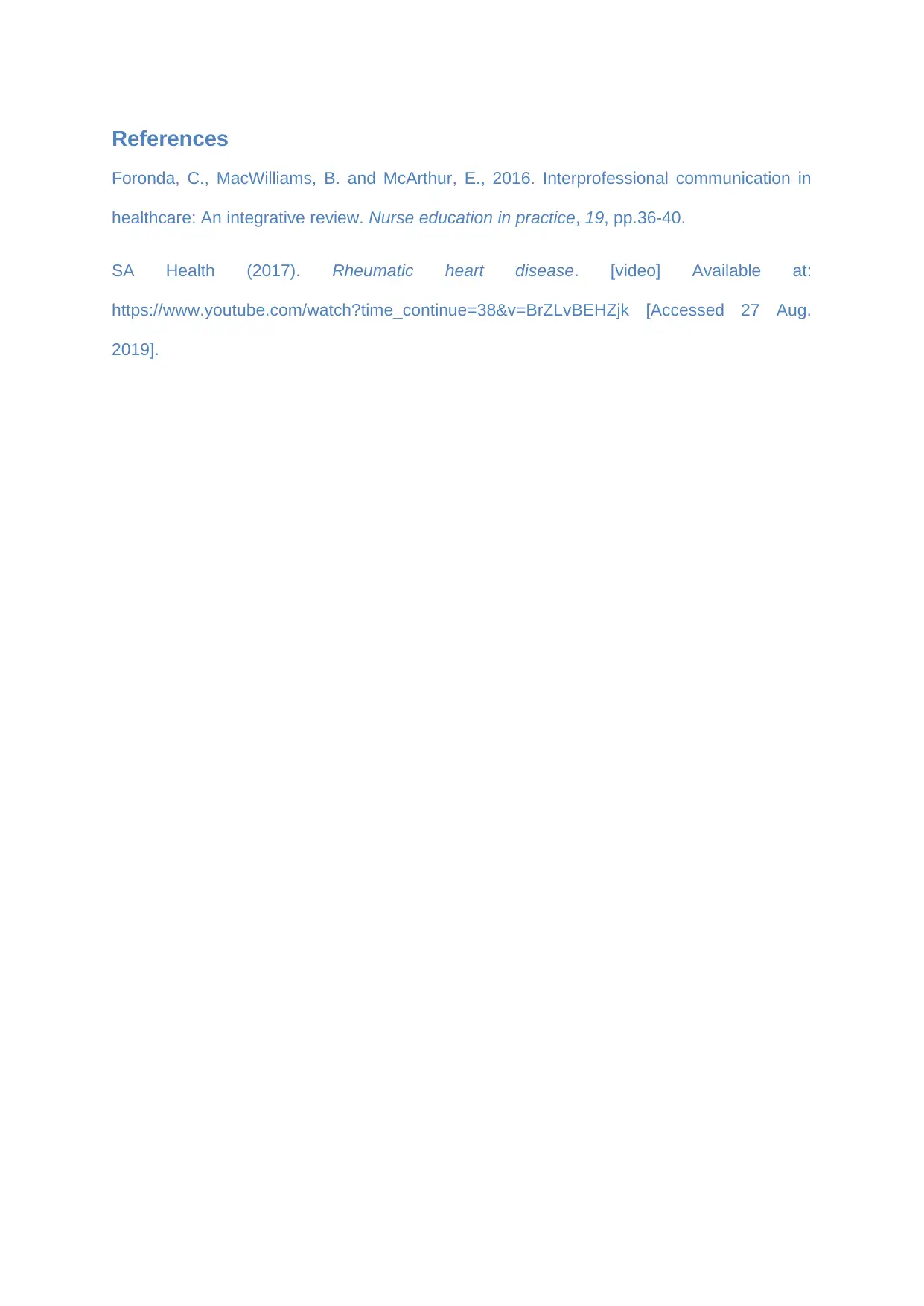Patient Journey Mapping Project: Aboriginal Health Case Studies
VerifiedAdded on 2022/09/14
|5
|872
|11
Project
AI Summary
This assignment is a patient journey mapping project, requiring students to analyze one of three Aboriginal health case studies. The project is divided into two parts: Part A involves narrative and visual mapping of the patient's journey, along with the completion of four tables assessing dimensions of health, underlying factors impacting care, multiple perspectives, and an action plan. Part B requires a critical discussion, guided by the tables, to address providing culturally safe and quality care for the patient, their family, and community. The assignment emphasizes the identification of gaps in healthcare and strategies to overcome them, with a focus on improving access and cultural safety in healthcare settings. The student has to provide a narrative from a nurse's perspective and create a visual map of the patient's journey, and then fill out tables with information from the case study, including the impact of care near home versus hospital care, underlying factors, multiple perspectives, and an action plan. The final discussion should use the tables to provide culturally safe and quality care for the patient, family, and community.
1 out of 5








![[object Object]](/_next/static/media/star-bottom.7253800d.svg)